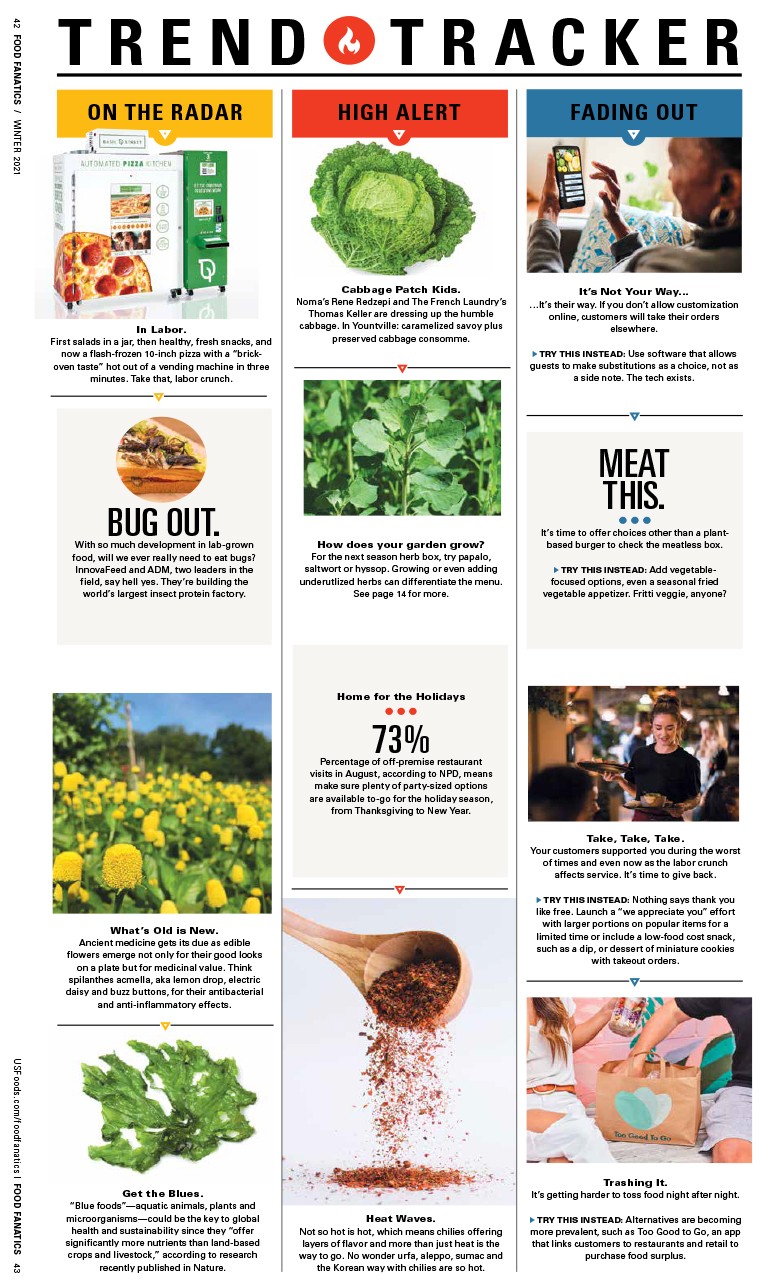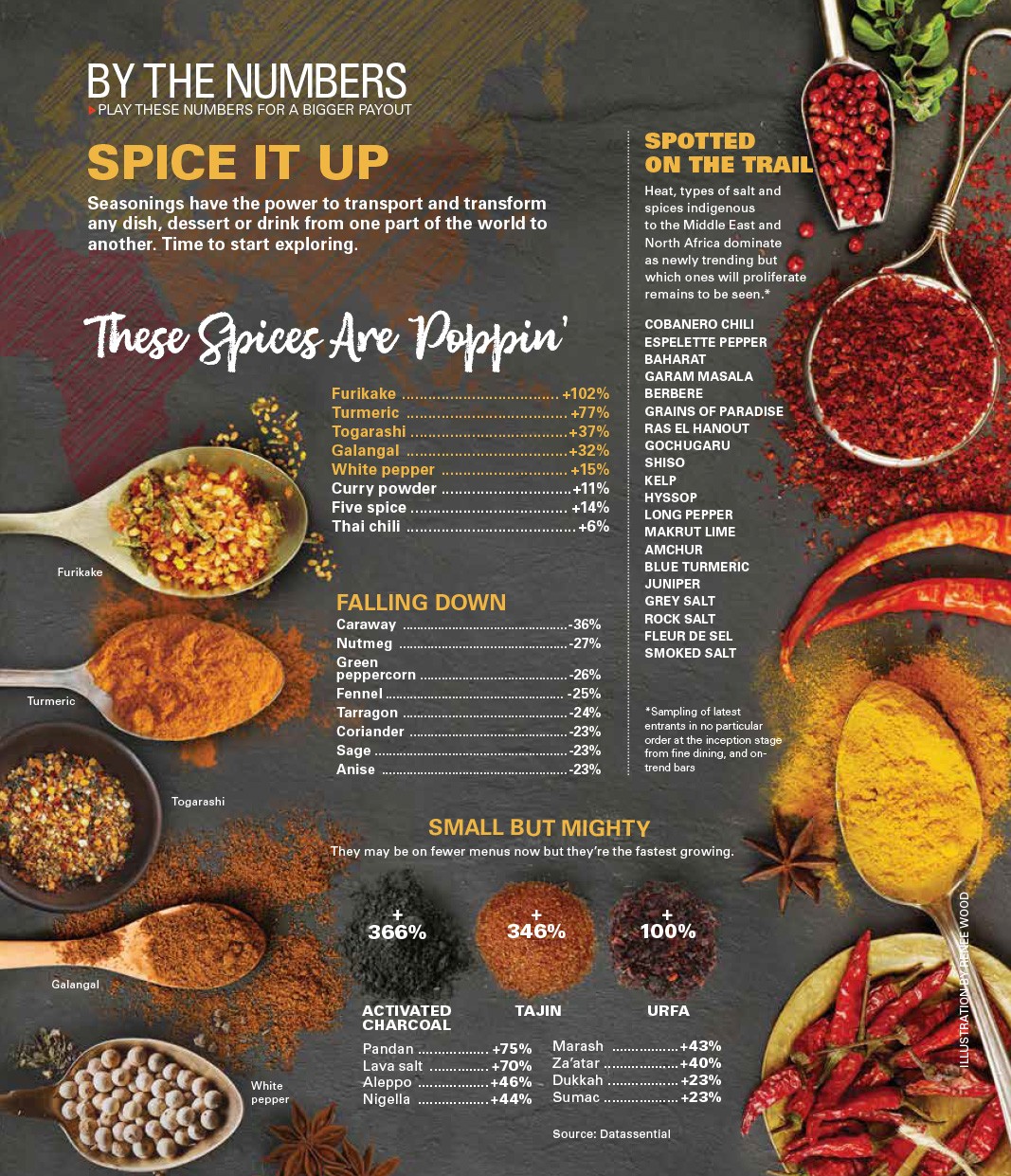Dear Food Fanatic: Buying Organic, Restaurant Remodel
Solid advice for the front- and back-of-the-house from our Food Fanatics expert
Q. Buying local, organic and pasture-raised is all the rage, but these products cost an arm and a leg. Is it worth it to spend top dollar? Wouldn’t I be better off getting the least expensive ingredients?
A. Determine your ethos and whether such beliefs align with your concept and values. Do your customers eat at your restaurant because of the free-range chicken and locally grown kale? If so, don’t mess with those ingredients. Not everything, though, has to be organic or local. For example, commercial milk for mashed potatoes isn’t a deal-breaker, but if your clientele includes kids, parents might value organic milk as a beverage option. If you are known for grass-fed or pasture-raised beef burgers, swapping in industrial meat isn’t a good idea.
Q. A lot of new restaurants are opening around us—mostly chains. Our business is good but I’m wondering if it’s time for an update. We’ve had our restaurant for 15 years.
A. Even the most successful, long-running restaurants update the menu and interiors on a regular basis. Keep signature items and refresh the overall choices. Consider new plateware, which can show off those new dishes. Visit other restaurants, not just where you live but in other cities known for great food. Same goes for the interiors. You don’t have to overhaul the entire dining room, but maybe your space could benefit from new light fixtures or updated chairs. A new coat of paint can make a big difference. But before making huge changes, talk to a designer and get some input.
Q. In my new job, I’ve inherited some serious long-timers. How do I get them excited about changes when most of them see me as the “bad guy?”
A. It’s human nature to fear change. Hit reset and rework the mentality of the existing staff. The most common refrain will be “that’s not how we’ve done it in the past.” Stay firm and be sure to communicate why changes are made (better service, less waste, staying up to code). Those who do not want to embrace change will determine their own future. Recognize and reward their efforts.
Q. How do I know if I’ve got a decent bottom line? I’m so frustrated.
A. Create daily and weekly sales goals for food and beverage. Keep a weekly P&L (profit and loss) statement that records every aspect of money earned and spent. Also, perform a weekly inventory check and keep a closer eye on higher cost items. This will prevent waste and root out theft.
Q. I thought that the gluten-free craze would die, but a day doesn’t go by without a customer asking me for gluten-free options. Salads and meat entrees aren’t cutting it. Should we revamp the menu?
A. Many diners avoid gluten as a lifestyle choice, so you will win over customers with gluten-free pasta, bread and pancake mixes. Remember, you can add an upcharge for these options. Be sure to label additions as gluten-free “friendly” unless you prepare them in an area that does not come into contact with wheat. Cross-contamination is extremely harmful to those with celiac disease.
Got a question for the Food Fanatic?
Send your challenges, comments and suggestions to ask@FoodFanatics.com.
Food Fanatics undergo rigorous culinary, communications and consulting training to help chefs and other foodservice professionals meet business goals.
Food FanaticRocco Paradiso is a Food Fanatics chef for US Foods from Fort Mill, South Carolina, who’s always down for a good time and a challenge. Follow the Food Fanatic on Twitter for more insider tips. |




